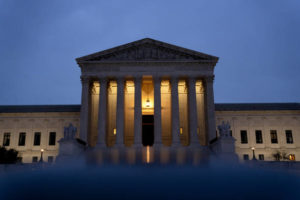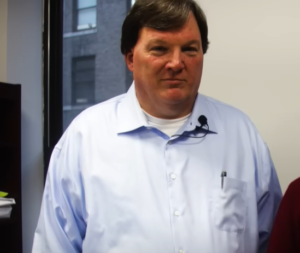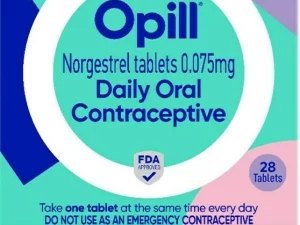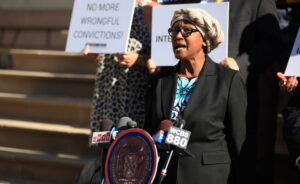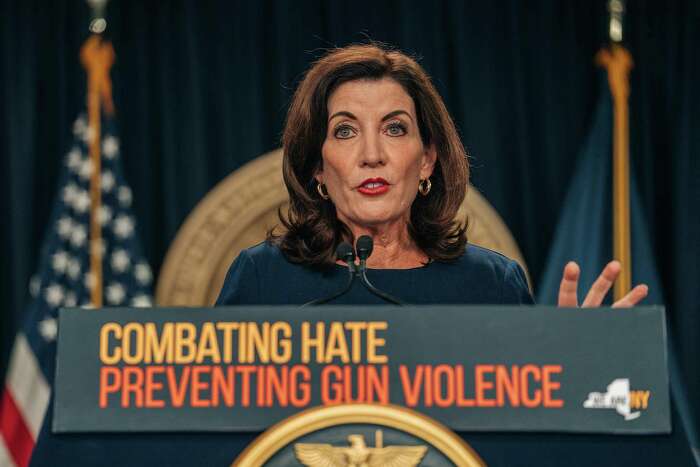
NY New Gun Laws
New York – In the wake of several mass shootings over the past several weeks, increasing pressure has mounted to pass legislation, up to and including Uvalde native Matthew McConaughey making a tearful, graphic appeal for gun regulation. New York is the first state to pass gun regulations (as well as other measures) to reduce the harm of these continued shootings, with several other states poised to follow. However, with the looming Supreme Court decision that will likely find in favor of more federal rights for gun owners, how much leverage will the 10th Amendment grant states to legislate on issues surrounding guns, and what are the broader implications on our society and legal system?
The 10th Amendment & Legislation
“The powers not delegated to the United States by the Constitution, nor prohibited by it to the States, are reserved to the States respectively, or to the people.”
This is the text of the 10th Amendment, and surprisingly straightforward for a legal document. While federal legislators can mostly make laws as they wish so long as they are compliant with the Constitution, state law can legislate only within the gaps of federal law. Should state law come into conflict with federal law (which can happen in several indirect ways), then the state law is superseded by the federal, often being struck down in court. As the interpretations of federal law, i.e. the Constitution, change, the authority that state law has will change correspondingly.
The ultimate source of binding guidance on the interpretation of the law from the federal court system is the Supreme Court: their interpretation of the law must be followed by lower courts, Congress, and state legislatures. Should the Supreme Court weigh in on an issue, this will affect the areas in which Congress can legislate.
One contemporary example would be that, once the Supreme Court recognized the right of LGBT couples to marry, the federal Defense of Marriage Act (DOMA) banning same-sex marriage was struck down, as well as any state or local-level LGBT marriage bans: ultimately, it was the Supreme Court and not Congress that recognized the legal right of LGBT couples to marry in every state.
For those progressive enough to rejoice at this, remember: this cuts both ways, and may be applied to guns.
New Legislation in NY
As an NYC resident of 12 years who grew up in the Tri-State region and studied policing and terrorism, I can confidently say there are too many opportunities for a mass shooting to count. Subway stations at rush hour come to mind first, but you cannot walk more than 20 minutes in any direction in Manhattan without coming across several crowds larger than even the biggest extended clip on the market. Remember: before the Tsarnaev brothers hit the Boston Marathon, the original
plan was Times Square, and 9/11 remains our worst national mass-murder site. Trains can hold as many as a thousand people each, and tens of thousands crowd some of the biggest stations like Times Square at any given time during peak hours. These people are lined up shoulder to shoulder at predictable times.
If a shooter opened fire, this dense crowd would likely stampede in a panic as a desperate mob, trampling and pushing each other onto the tracks and other hazards. This possibility was recently on full display just last month in a subway shooting and could have been far worse with better weapons or even marginally better planning.
Due to this latest NYC shooting, as well as New York’s history of gun violence and the recent outbreak of mass shootings, New York’s legislature has passed legislation to address some mass shooting issues. This includes:
- Restricting purchases of body armor;
- Requiring a license for the purchase of semiautomatic rifles by anyone under 21;
- Expanding “red flag” laws;
- Eliminating grandfathering of high-capacity feeding devices;
- Requires micro-stamping of new semiautomatic pistols; and
- Requiring social media companies to improve their response and reporting of hateful content, in addition to several other measures
New York is pursuing a broad strategy that goes beyond gun regulation to reduce the harm inflicted on society by mass shootings. However, gun regulation has proven to be the most effective means of achieving this, i.e. the previous assault weapons ban or the many instances of mass shootings instantly dropping or disappearing after a national ban in countries like New Zealand.
While there are other measures to discuss like mental health, the idea of hardening kindergartens as targets is absurdly impractical: it is massively expensive and intellectually insulting to plan a child’s safety around turning Miss Bliss from Saved By The Bell (or the many other young, underpaid, nurturing women that occupy the field of early childhood education) into hardened warriors that can instantly kill a school shooter on the spot before they open fire.
For reference, the first mass shooting in the United States was by Howard Unruh in 1949. During his rampage in which he killed 13 people, a tavern owner named Frank Engel saw the rampage and shot him. Remember, Engel owned and operated a bar in the ’40s just four years after his entire generation returned from the Second World War: he was no shrinking violet.
Engel’s shot was a flesh wound in the left thigh, and when later asked why he only shot once, Engel explained he simply couldn’t bring himself to kill the man despite watching him kill others: I don’t think Miss Bliss would have grabbed the gun out of his hand to finish the job. By the time a “good guy with a gun” comes by, there’s already a classroom full of bodies, and the shooter has often already shot himself.

Does State Legislation Matter?
Honestly, it’s hard to say. This current Supreme Court has shown little regard for public sentiment, and the 6-3 Conservative majority has not been shy about flexing its newfound power by overturning the nigh-monolithic precedent of Roe v. Wade, a.k.a “the litmus test.”
In District of Columbia v. Heller, the court struck down a DC regulation that rifles and shotguns be kept unloaded and disassembled or bound by a trigger lock, finding that the Second Amendment granted a right of personal ownership of guns in the home unconnected to the service of the militia. However, they did not address whether this right extended beyond the home and would allow people an unfettered right to carry their gun anywhere they wish. While this limited gun restrictions, there were still gaps where the states could legislate gun regulations.
The Supreme Court is currently far more conservative than it was during the Heller decision, and taking actions that only a few years ago would have been considered unthinkable. Now, the relevant question is not whether the Supreme Court will recognize a greater right to own and carry guns, but how far their opinion will go in striking down current gun regulations and narrowing the possibility for future legislation.
While these actions are a serious liability to the legitimacy of the Supreme Court as public sentiment on the court is at an all-time low, Ginny Thomas has become the definition of a conflict of interest, and the decision overturning Roe v. Wade will leave both legislatures and society scrambling to rewrite essential rules, I would not expect much restraint.
Considering how the sentiment of the country is more in favor of gun regulation than it has been since at least the Sandy Hook shooting, this decision could not come at a worse time for a Supreme Court in search of legitimacy, or a nation in search of legal guidance as all the critical rules on democracy and safety seem to be going through an intense renegotiation.
Thumbnail Credits: Jeenah Moon/New York Times/Current Affairs Times
Sources
- This is a legal opinion piece by Attorney Ryan Campbell.


